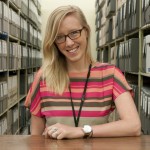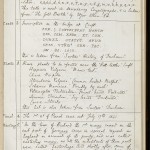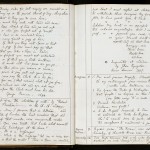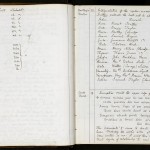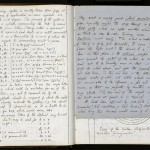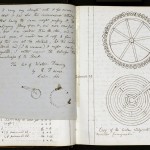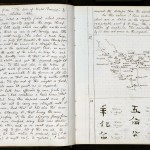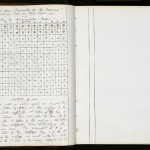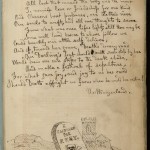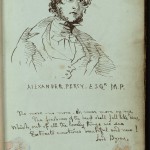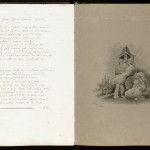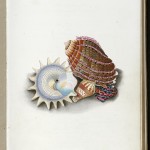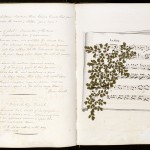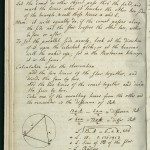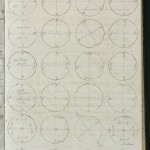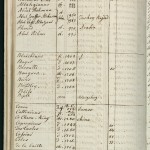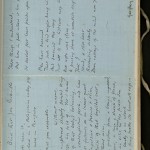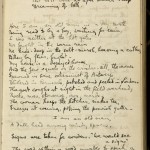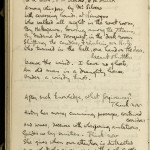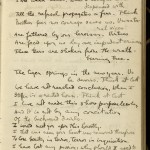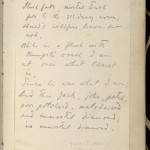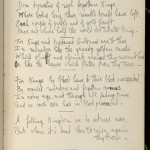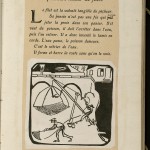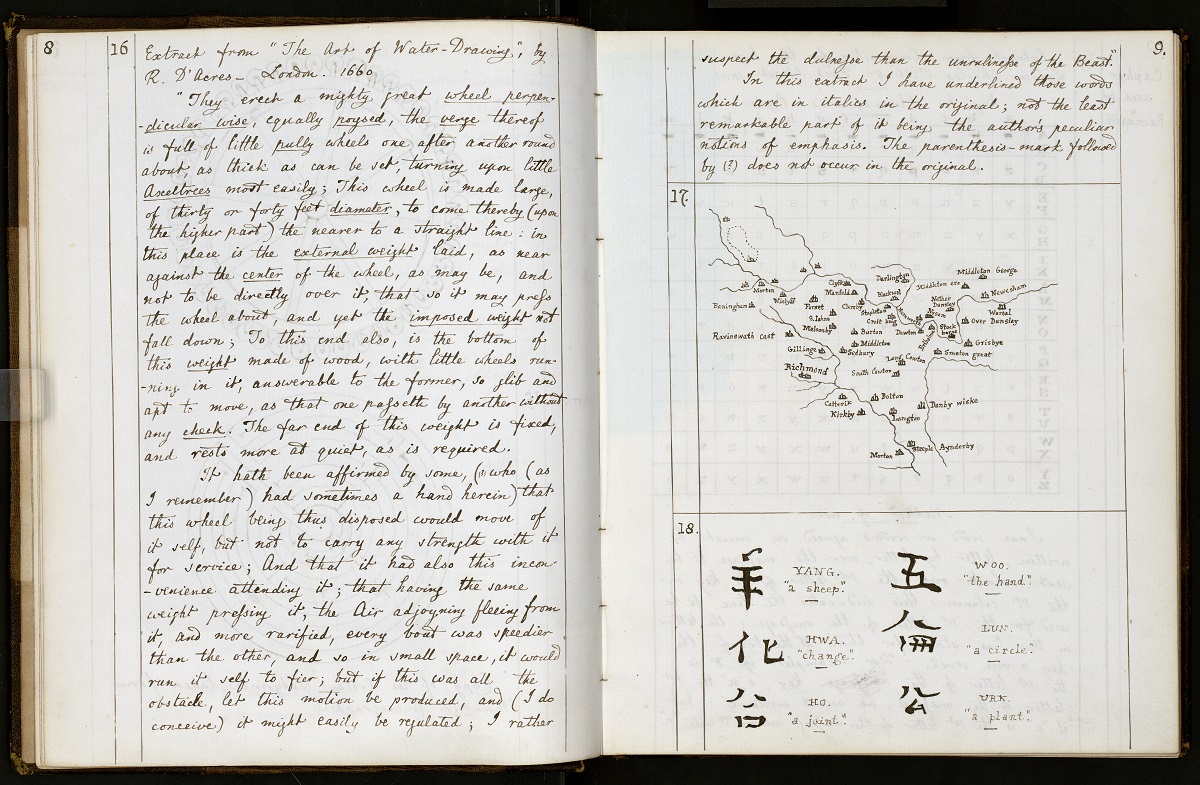
The Ransom Center’s Alice’s Adventures in Wonderland exhibition includes a commonplace book kept by Charles Dodgson (better known as Lewis Carroll) with information about ciphers, anagrams, stenography, and labyrinths. As Kelsey McKinney, a former public affairs intern, writes, these “personal anthologies” functioned as “literary scrapbooks”. While these scrapbooks were “commonplace” in Victorian culture, modern means of communication fulfill the same desire for people to record and share their life experiences.
The exhibition—and Dodgson’s commonplace book—are on view at the Ransom Center through July 6, 2015.
Before the affordability of personal libraries, and before people were able to access the world’s knowledge through the Internet, readers and writers had to find reasonable ways to consolidate and store information that could be useful to them. There were no social media to help them aggregate and share stories, quotes, recipes, or images. That doesn’t mean they didn’t do exactly that. They created personal anthologies called commonplace books.
Commonplace books functioned as literary scrapbooks filled with quotes, poems, proverbs, prayers, recipes, and letters. Each was a unique collection that reflected the interests of its creator. “Great wits have short memories,” as a Chinese proverb goes; and so their short memories have driven the great wits to keep commonplace books.
The first recorded commonplace books were created in fourteenth-century Italy. Known as zibaldone, the Italians referred to their books as “salads of many herbs.” They often included sketches and cursive scripts. Dante, Petrarch, and Boccaccio all kept detailed zibaldone. Commonplace books, however, did not reach the height of their popularity until much later. In the seventeenth century, commonplacing became an institutionalized practice that was formally taught at universities such as Harvard and Oxford, where undergraduate students were required to keep commonplace books for literature or humanities classes, leaving thousands of them for modern-day scholars to peruse.
Commonplacing persisted as a popular study technique until the early twentieth century. Mark Twain, Thomas Hardy, Ralph Waldo Emerson, Henry David Thoreau, Francis Bacon, and John Milton all kept them, to name a few.

The distinction between journals and commonplaces is subtle but important. A journal records events of a person’s life; a commonplace is meant to be used in a different way, as it compiles knowledge, often along a certain theme. Scholars can examine what scraps of information an author found useful, and climb through that window into the author’s mind.
Today, we have many social media devices that record—and broadcast—our thoughts and decisions. Blogs, for example, are all too similar to commonplace books, as are Tweets, Facebook statuses, and Tumblr posts. In our pursuit of knowledge, we often desire a traceable path in our growth. For our ancestors and a select few modern writers, commonplace books provided a way to look back through past developments and brainstorm new experiences. Where they pasted drawings and photographs, we pin images on Pinterest. Where they jotted down notes and clipped readings, we tweet short blurbs and recommended links. To keep a commonplace is instinctual to intellectual cultivation. Today, commonplacing continues in ways that reflect available technology.
This post originally appeared on The Daily Beast.
